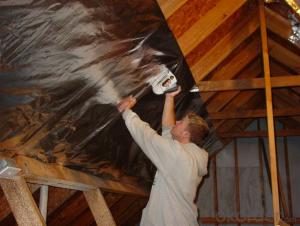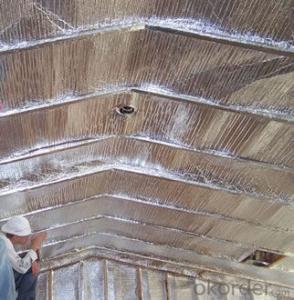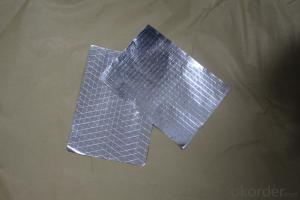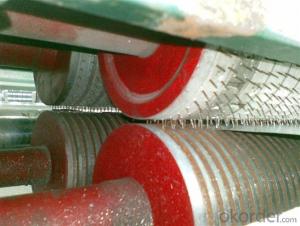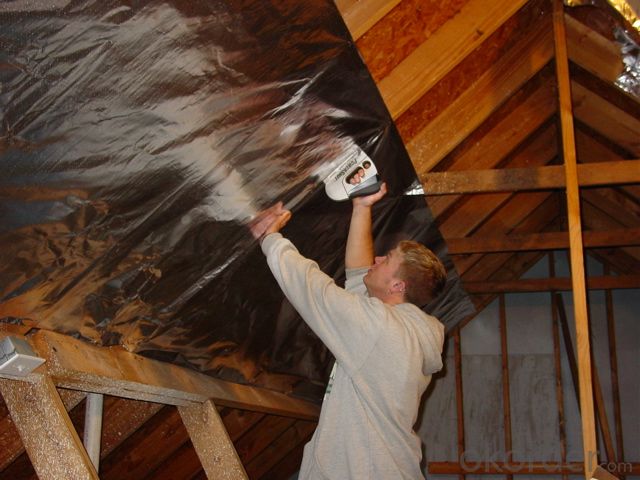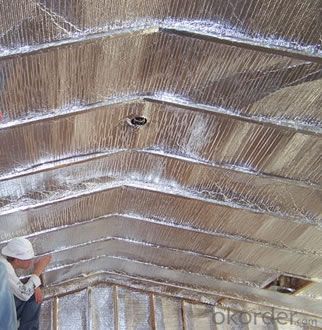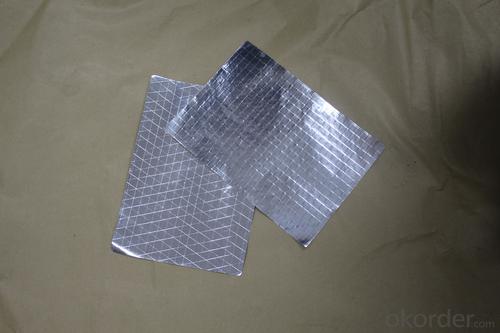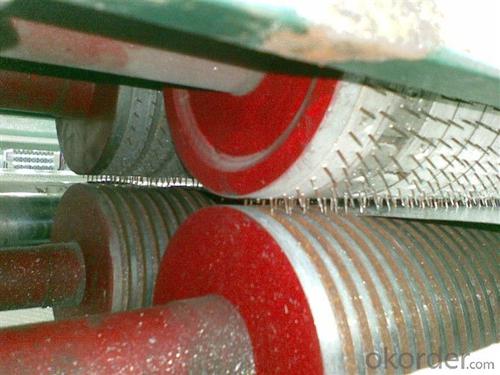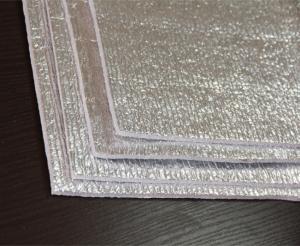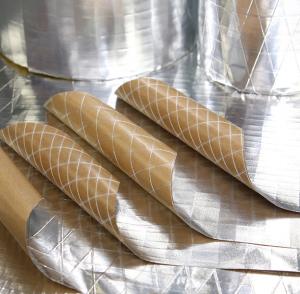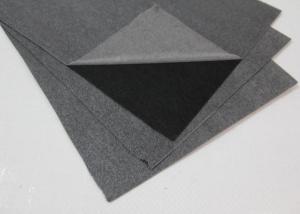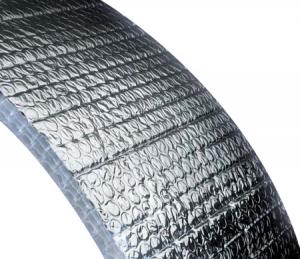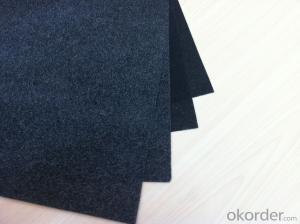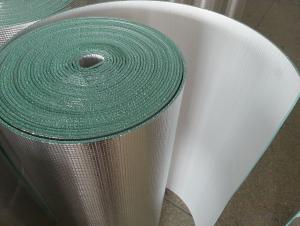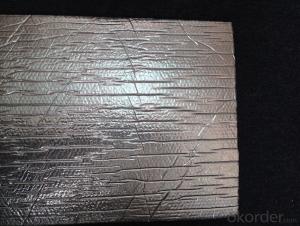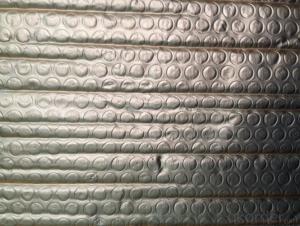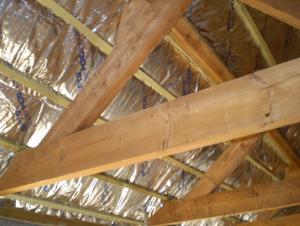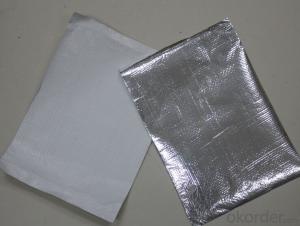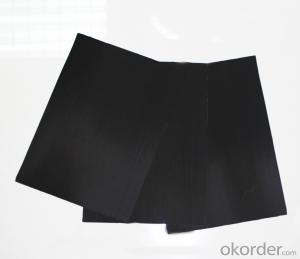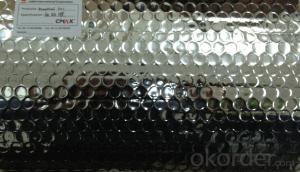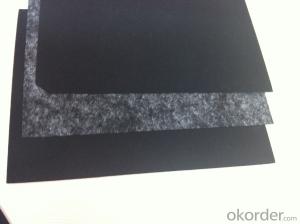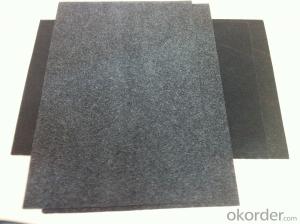Fiberglass Facing Flexible Ducts Bubble Save Your Energy
- Loading Port:
- China Main Port
- Payment Terms:
- TT OR LC
- Min Order Qty:
- -
- Supply Capability:
- -
OKorder Service Pledge
OKorder Financial Service
You Might Also Like
Application:
1,Building Thermal Insulation Material
(1),Roof,Underlay,Under Concrete & floor Insulation;
(2),Attic,Crawl Space,Stud Wall ,Metal Frame Building Insulation.
2,Wrapping
(1),Protective coatings of ventilating pipe,HVAC Duct & Pipe;
(2),Shells of air conditioner and water heater.
Feature:
1), Waterproof, heavy duty, clean, light, flexible, non-absorbent surface
2), Fire resistant & antiglare
3), Recyclable, environmentally friendly
4), Effective in extreme temperatures both hot and cold
5), Easily install, cut, stapled, nailed or glued into place
6), Safe to handle with no special clothing or breathing Equipment
Feature:
1), Waterproof, heavy duty, clean, light, flexible, non-absorbent surface
2), Fire resistant & antiglare
3), Recyclable, environmentally friendly
4), Effective in extreme temperatures both hot and cold
5), Easily install, cut, stapled, nailed or glued into place
6), Safe to handle with no special clothing or breathing Equipment
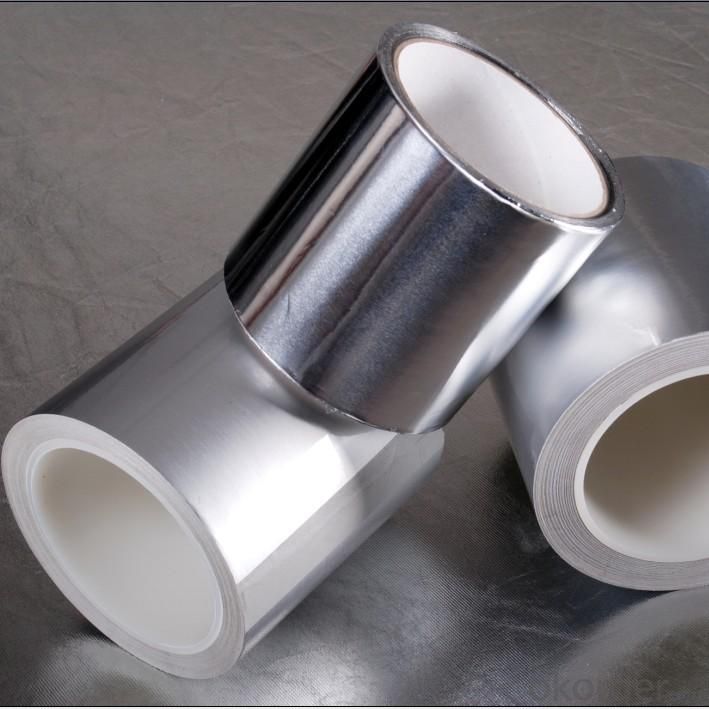
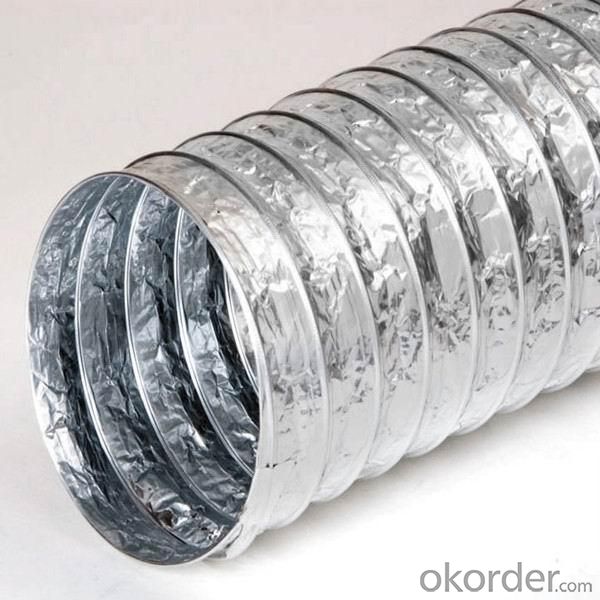
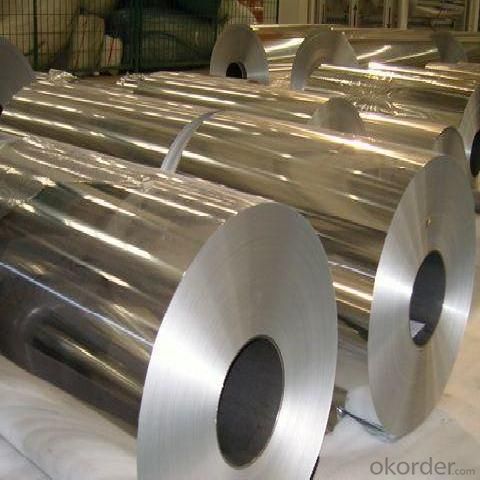
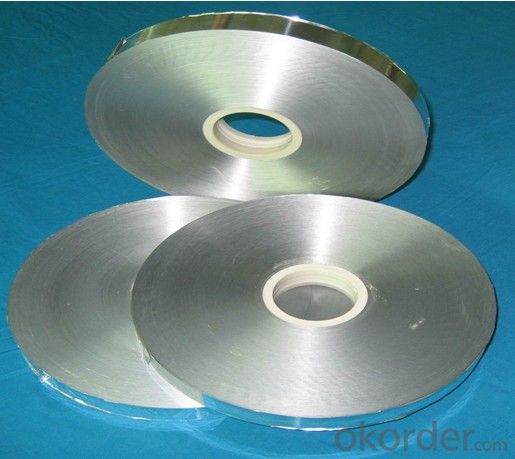
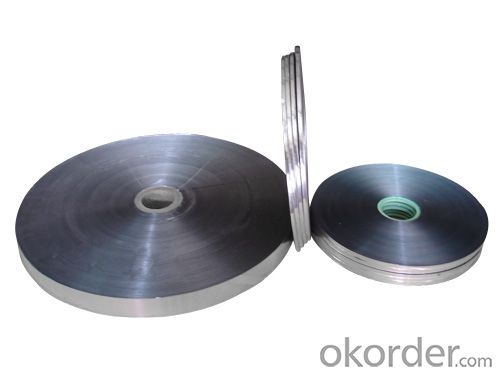
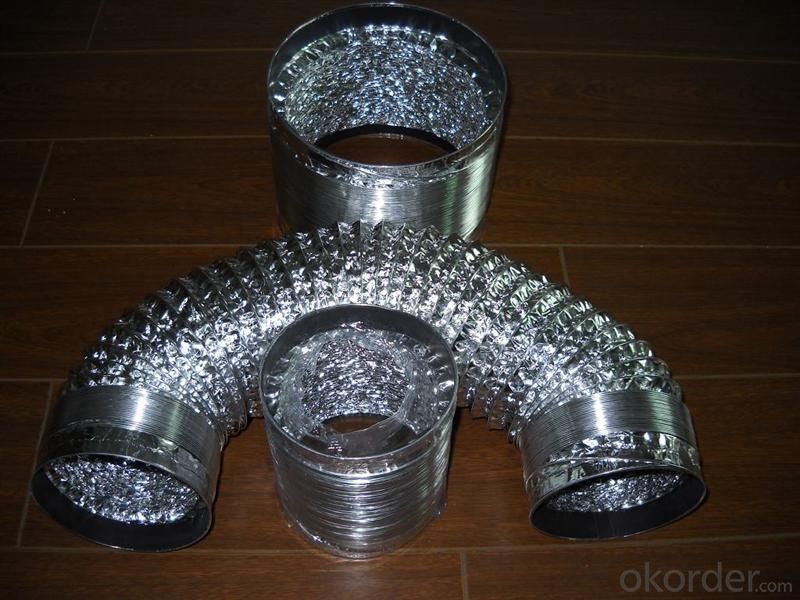
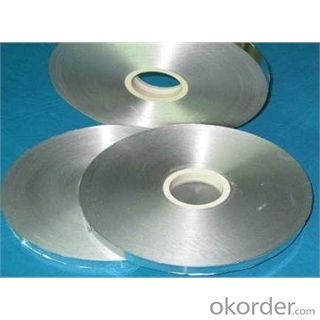
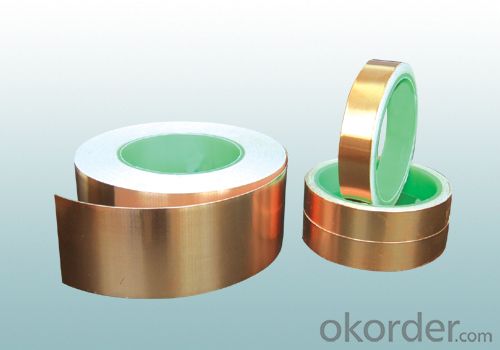
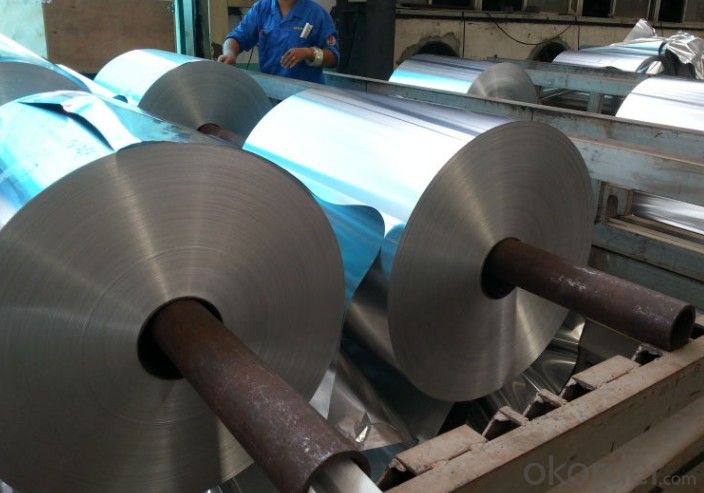
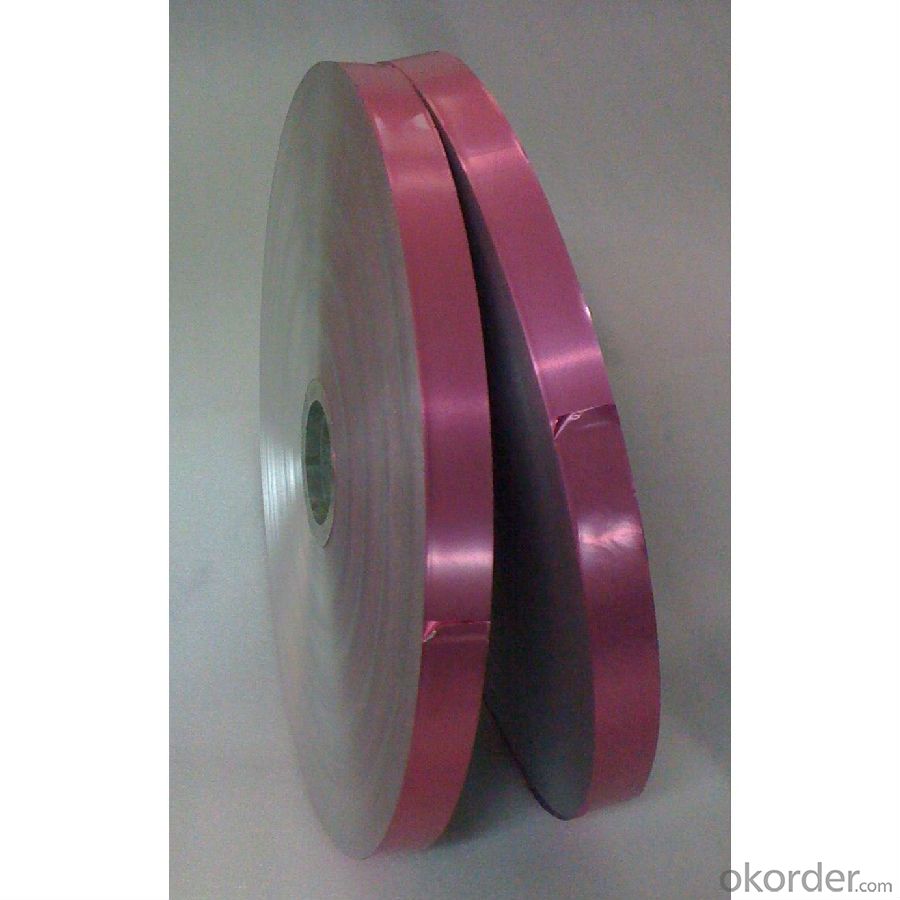
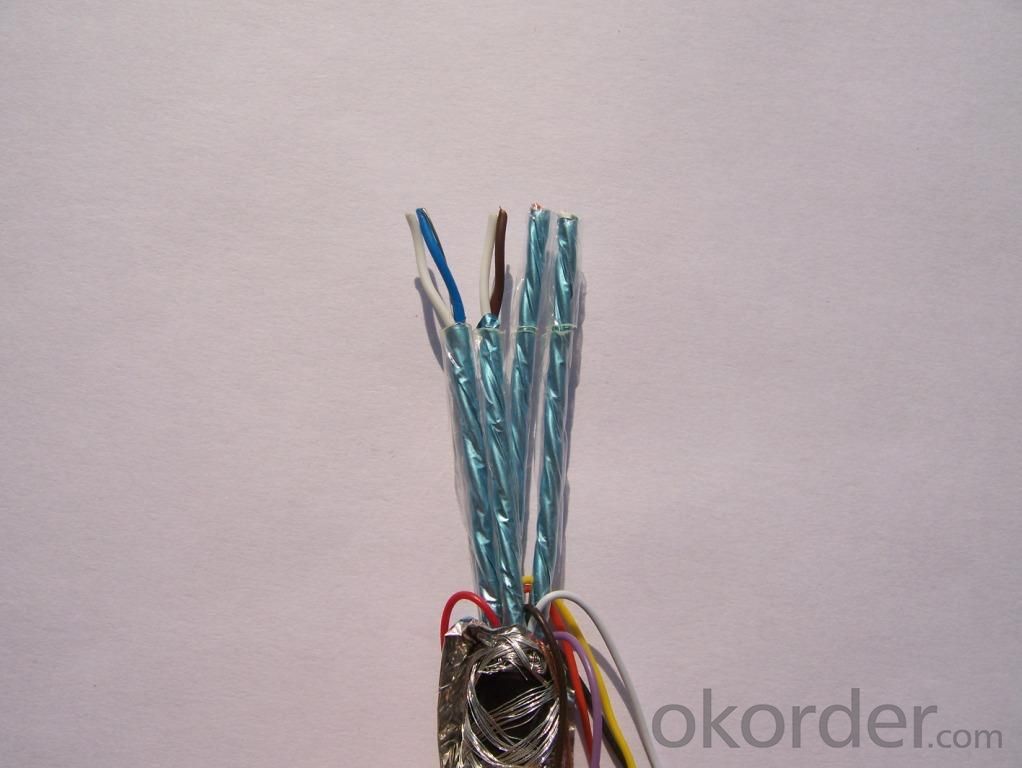
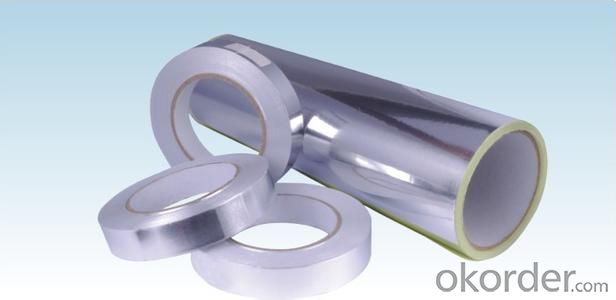
- Q: What is the texture or appearance of the surface of black fiberglass tissue?
- <p>The surface finish of black fiberglass tissue is typically smooth and matte. It is characterized by a uniform, non-reflective appearance with a slight texture that is often associated with the woven nature of the fiberglass. This finish can vary slightly depending on the specific manufacturing process and the intended application of the fiberglass tissue.</p>
- Q: Is it possible to recycle black fiberglass tissue and use it to create new products?
- <p>Yes, black fiberglass tissue can be recycled into new products. The recycling process involves shredding and grinding the material to separate the glass fibers from the resin. The fibers can then be used as a reinforcing material in composites, while the resin can be processed for other applications. However, the recycling of black fiberglass is less common due to the difficulty in separating the fibers from the dark resin, which can affect the color of new products. Despite this, advancements in recycling technology are making it more feasible to recycle black fiberglass and incorporate it into new manufacturing processes.</p>
- Q: Explain the distinction between black and white fiberglass tissue, including their composition and potential applications.
- <p>Black and white fiberglass tissue are both made from glass fibers, but they differ in color and certain properties. Black fiberglass tissue typically contains carbon black, which provides UV protection and can improve the material's resistance to weathering. It is often used in applications where durability and resistance to sunlight are important, such as in the construction of boats and outdoor structures. White fiberglass tissue, on the other hand, does not contain carbon black and is generally used in applications where aesthetics are a priority, such as in the automotive and aerospace industries. It is also used in situations where the absence of color is beneficial, such as in the production of translucent composites.</p>
- Q: This question asks for a comparison between black fiberglass tissue and other organic fibers, focusing on their properties and applications.
- <p>Black fiberglass tissue, also known as black glass fiber, is an inorganic fiber made from glass that is often used for its strength and heat resistance. Compared to organic fibers such as cotton, wool, or silk, black fiberglass tissue is non-flammable, has a higher melting point, and offers superior insulation properties. It is also resistant to chemicals and does not rot or decay. However, it lacks the softness and breathability of organic fibers, making it less suitable for clothing. Organic fibers are biodegradable and more comfortable for direct contact with skin, but they are generally weaker and less heat-resistant than black fiberglass tissue.</p>
- Q: What is the production cost for black fiberglass tissues?
- <p>The cost to produce black fiberglass tissues varies and depends on several factors including the raw material costs, production scale, labor, energy consumption, and market demand. Fiberglass itself is made from silica sand, which is melted and spun into fine fibers. The addition of color, in this case, black, will add to the cost. However, without specific details on the production process, quantity, and current market prices for materials and labor, it's challenging to provide an exact figure. Generally, the cost can range from a few dollars to tens of dollars per square meter, but this is a rough estimate and actual costs may differ significantly.</p>
- Q: What is the rate at which black fiberglass tissue absorbs moisture?
- <p>The moisture absorption rate of black fiberglass tissue is typically very low, often less than 1%. This low absorption rate is due to the material's hydrophobic nature and the manufacturing process that includes a resin treatment. However, specific absorption rates can vary depending on the exact composition and treatment of the fiberglass tissue, and it's advised to refer to the manufacturer's specifications for precise data.</p>
- Q: Is it possible to use black fiberglass tissue as a material for flooring?
- <p>Yes, black fiberglass tissue can be used for flooring. It is often used in commercial and industrial settings due to its durability, resistance to chemicals, and ability to withstand heavy traffic. Fiberglass tissue is a type of composite material that can be combined with resins to create a strong and stable flooring surface. However, it is important to ensure that the fiberglass tissue is properly treated and combined with the right resins to avoid any health or safety concerns.</p>
- Q: What are the methods to keep black fiberglass tissue clean and free from dirt?
- <p>To prevent black fiberglass tissue from becoming dirty, follow these steps: 1. Regularly clean the surface with a soft brush or cloth to remove dust and debris. 2. Avoid direct exposure to harsh chemicals or substances that can stain or damage the fiberglass. 3. Use a protective cover or shield when working in areas where dirt or debris is likely to accumulate. 4. Apply a protective coating or sealant specifically designed for fiberglass to create a barrier against dirt and stains. 5. Regularly inspect the fiberglass for any signs of damage or wear, and address these issues promptly to prevent further dirt accumulation.</p>
- Q: This question asks for methods to properly store black fiberglass tissue to avoid damage or deterioration.
- <p>To store black fiberglass tissue and prevent damage or degradation, follow these steps: Store the tissue in a cool, dry place away from direct sunlight and moisture. Keep it in a sealed, airtight container to protect it from dust and contaminants. Avoid stacking heavy objects on top to prevent compression damage. If possible, use a container with a desiccant to control humidity. Regularly check for any signs of damage or degradation, and replace the tissue if necessary. Proper storage will help maintain the integrity and performance of the fiberglass tissue over time.</p>
- Q: Is it possible to recycle black fiberglass tissues to create new ones or use them repeatedly?
- <p>Recycling black fiberglass tissues to make new ones or reusing them multiple times is not typically feasible. Fiberglass is a composite material made from glass fibers and a resin matrix. Once it has been used and broken down, the fibers lose their structural integrity and cannot be effectively recycled into new materials without significant processing. Additionally, reusing fiberglass tissues can be impractical due to contamination and degradation of the fibers. It's usually more cost-effective and environmentally friendly to dispose of used fiberglass properly and use new materials for new projects.</p>
Send your message to us
Fiberglass Facing Flexible Ducts Bubble Save Your Energy
- Loading Port:
- China Main Port
- Payment Terms:
- TT OR LC
- Min Order Qty:
- -
- Supply Capability:
- -
OKorder Service Pledge
OKorder Financial Service
Similar products
Hot products
Hot Searches
Related keywords
